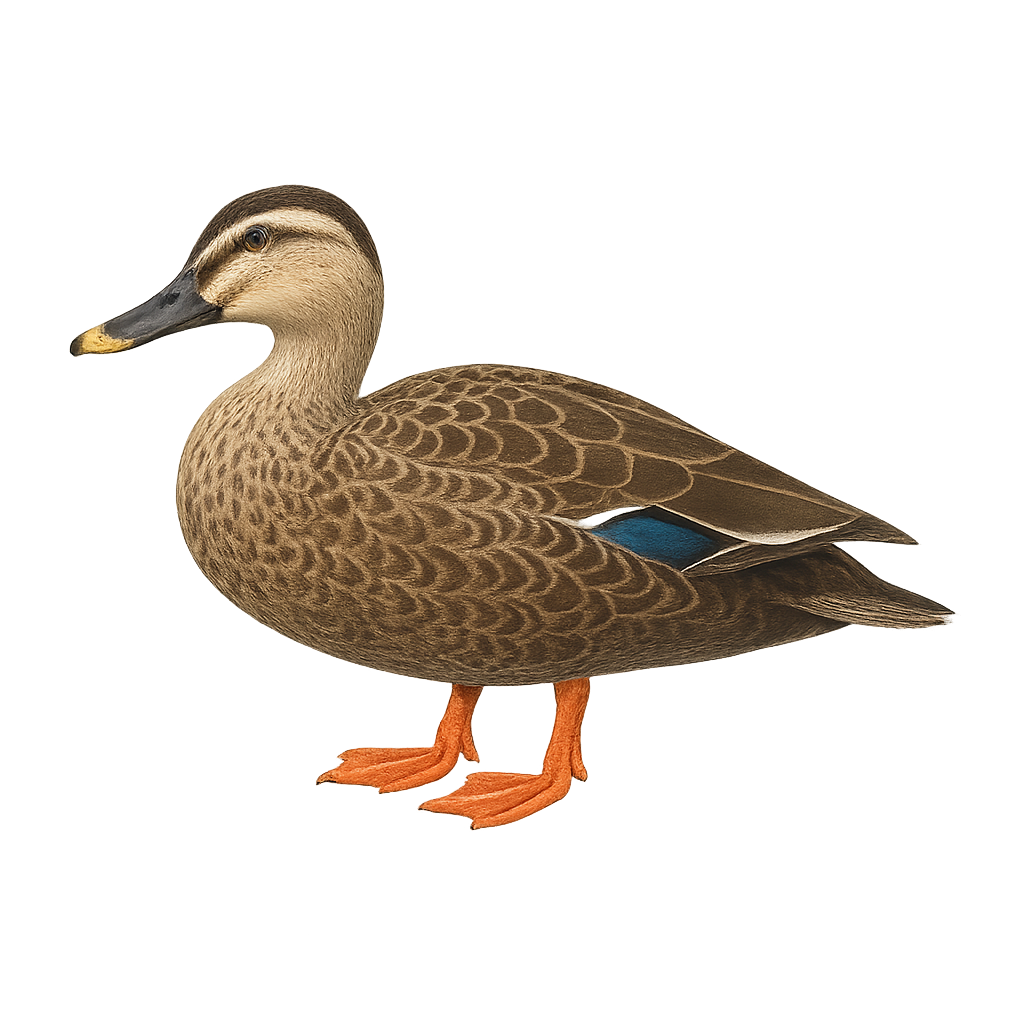Your wildlife photography guide.
Explore the eastern spot-billed duck in detail, study its behavior, prepare your shots.
Where to observe and photograph the eastern spot-billed duck in the wild
Learn where and when to spot the eastern spot-billed duck in the wild, how to identify the species based on distinctive features, and what natural environments it inhabits. The WildlifePhotographer app offers tailored photography tips that reflect the eastern spot-billed duck’s behavior, helping you capture better wildlife images. Explore the full species profile for key information including description, habitat, active periods, and approach techniques.
Eastern Spot-billed Duck
Scientific name: Anas zonorhyncha

IUCN Status: Least Concern
Family: ANATIDAE
Group: Birds
Sensitivity to human approach: Suspicious
Minimum approach distance: 10 m
Courtship display: April to May
Incubation: 24-26 jours
Hatchings: April to June
Habitat:
Wetlands, lakes, rivers
Activity period :
Primarily active during the day, with peak activity in the morning and late afternoon.
Identification and description:
The Eastern Spot-billed Duck, Anas zonorhyncha, is a medium-sized waterfowl native to East Asia. It is easily recognized by its light brown plumage, iridescent wing patches, and distinctive yellow-tipped black bill. Preferring wetlands, lakes, and rivers, it feeds on aquatic plants, insects, and small crustaceans. This sociable duck often mingles with other duck species. Although generally tolerant of human presence, it can become wary if disturbed. Its adaptability to various habitats allows it to thrive in diverse environments, from coastal plains to mountainous regions.
Recommended lens:
400 mm – adjust based on distance, desired framing (portrait or habitat), and approach conditions.
Photography tips:
To photograph the Eastern Spot-billed Duck, aim for early morning or late afternoon to take advantage of soft, flattering light. Use a telephoto lens of at least 400mm to capture details without disturbing the bird. Wait near wetlands where it feeds and observe its behavior to anticipate its movements. A tripod can be helpful to stabilize your camera, especially if using slow shutter speeds. Always respect the safety distance to avoid disturbing it and to get natural shots.
The WildlifePhotographer App is coming soon!
Be the first to explore the best nature spots, track rutting seasons, log your observations, and observe more wildlife.
Already 1 439 wildlife lovers subscribed worldwide

